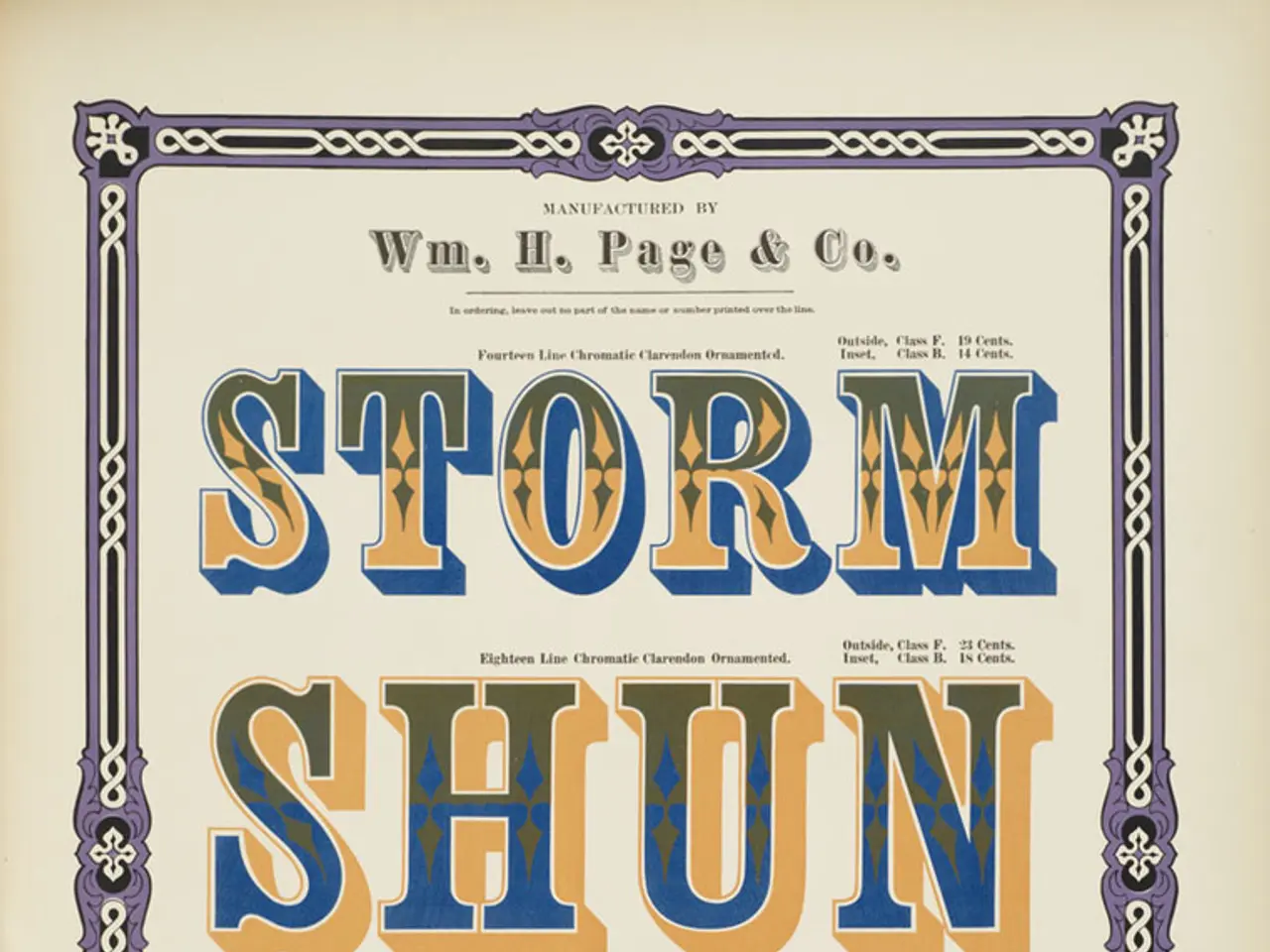Differentiating Between Graphic Design and Visual Communication: Unraveling the Distinctions
In the dynamic world of marketing, the importance of visual communication cannot be overstated. Two key areas that play a significant role in this realm are graphic design and visual communication design. While they share some similarities, they have distinct roles, scopes, and applications.
Graphic design, at its core, is the art of combining creativity and technology to communicate ideas visually. Its primary focus is on creating visually appealing designs to convey messages or brand identities through various media such as logos, websites, advertisements, and print materials. Graphic designers typically produce static visuals, including logos, posters, and brand identity elements.
The scope of graphic design is vast, spanning a wide range of industries, including advertising, marketing, technology, and media. It is used in both digital and print formats. Graphic designers often work independently or with marketing teams, and they may also collaborate with other creatives to ensure brand consistency.
Graphic design is essential for creating visual elements in marketing campaigns, branding, web design, and print materials. For instance, graphic designers can help create a website that fits a brand's aesthetic or theme, ensuring website elements such as images, text, and sections are placed strategically. They are also crucial to the publishing industry, helping to organise and layout print materials.
On the other hand, visual communication design involves creating visual elements to convey messages or educate through various media platforms. It includes web designers and graphic designers who specialise in both print and electronic media. Visual communication designers create images, layouts, and unique illustrations for promotional campaigns and multimedia applications.
Visual communication design applies to both print and digital platforms, focusing on designing elements that engage and inform audiences across different media types. Visual communication designers often collaborate with illustrators, animators, and IT developers to create comprehensive visual designs. This field is critical for educational materials, promotional campaigns, and multimedia products, where visual communication is used to educate or persuade audiences.
While the term "visual designer" sometimes overlaps with both roles, particularly in digital design contexts, graphic design tends to focus more on aesthetics and brand identity across various media, whereas visual communication design emphasises conveying messages and educating through visual means, often in a broader range of multimedia contexts.
In marketing, graphic designers create materials like flyers and brochures that, with the right design and structure, can keep viewers' interest and encourage them to use the materials when they need to purchase something. Graphic designers often aspire to careers such as art directors, User Experience (UX) designers, publication designers, and visual designers.
Examples of effective visual communication include ads from Durex, Pepsi, and Tabasco. Graphic designers use software like Adobe Photoshop or CorelDRAW to create their artwork. Common types of graphic design include branding, advertising, and marketing.
In conclusion, both graphic design and visual communication design are essential components of modern marketing. While they share some similarities, they have distinct roles and applications. Graphic design is a subset under the visual communication umbrella, focusing on the creation of graphic elements, while visual communication design emphasises conveying messages and educating through visual means across various media platforms.
- Graphic designers often collaborate with illustrators and animators, extending their scope to create unique illustrations for promotional campaigns and multimedia applications in the realm of visual communication design.
- In the fashion-and-beauty, food-and-drink, and lifestyle industries, graphic designers play a vital role in crafting on-demand and engaging visuals for social media platforms, contributing significantly to brand presence and customer engagement.
- Education-and-self-development platforms often incorporate graphic design to create visually appealing subscriptions and online learning materials, enhancing the overall learning experience for users.
- Technology companies hire graphic designers to create logos, web designs, and user interfaces that align with the brand's identity, providing a seamless experience for users and contributing to the company's market penetration.
- A key application for graphic design is the fashion world, where designers create eye-catching visuals for advertisements, fashion shows, and fashion magazines to promote their brand and cater to the demands of customers in the ever-evolving fashion industry.
- The illustrations and designs created by graphic designers extend beyond traditional media; they are also used to create compelling visuals for books, magazines, newspapers, and other print materials that cater to diverse reader interests.




